while not completely general, if the the data points can be reasonably represented as a surface relative to a coordinate plane, say z = ax + by + c then np.linalg.lstsq can be used
from mpl_toolkits.mplot3d import Axes3D
import matplotlib.pyplot as plt
import numpy as np
X = np.array([0.1, 0.5, 0.9, 0.18])
Y = np.array([0.7, 0.5, 0.7, 0.3])
Z = np.array([4.2, 3.3, 4.2, 2.5])
# least squares fit
A = np.vstack([X, Y, np.ones(len(X))]).T
a,b,c= np.linalg.lstsq(A, Z)[0]
# plots
fig = plt.figure()
ax = fig.add_subplot(111, projection='3d')
# plot data as big red crosses
ax.scatter(X, Y, Z, color='r', marker='+', linewidth=10)
# plot plane fit as grid of green dots
xs = np.linspace(min(X), max(X), 10)
ys = np.linspace(min(Y), max(Y), 10)
xv, yv = np.meshgrid(xs, ys)
zv = a*xv + b*yv + c
ax.scatter(xv, yv, zv, color = 'g')
# ax.plot_wireframe(xv, yv, zv, color = 'g') # alternative fit plane plot
plt.show()
plotting the data 1st, you could select a different coordinate pair for the "independent variable" plane to avoid ill conditioned result if necessary, if the data points appeared to lie in a plane containing the z axis, then use xz or yz
and of course you could have degenerate points on a line or the vertices of a regular tetrahedron
for a better "geometric fit" the 1st fitted plane could be used as the base for a 2nd least square fit of the data rotated into that coordinate system (if the data is "reasonably" plane like)

